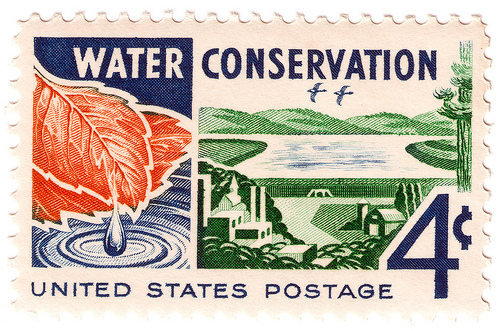The intensive and extensive application of imidacloprid in agriculture has resulted in water pollution and risks to aquatic invertebrates. However, pure bacteria remediation of imidacloprid in surface water environments has not been studied. Here, we isolated an imidacloprid-degrading bacterium from a water environment, examined its imidacloprid degradation in pure culture and surface water, sequenced its genome, and compared its Clusters of Orthologous Groups (COG) protein categorization with that for another imidacloprid-degrading bacterium. The isolate was an obligate oligotrophic bacterium, Hymenobacter latericoloratus CGMCC 16346, which degraded imidacloprid via hydroxylation by co-metabolism in pure culture. Resting cells degraded 64.4% of 100 mg/L imidacloprid in 6 days in the presence of co-substrate maltose, and growing culture degraded 40.8% of imidacloprid in 10 days. H. latericoloratus CGMCC 16346 degraded imidacloprid in surface water without co-substrate supplementation and retained imidacloprid-degrading activity after 30 days. The half-life of imidacloprid in surface water was decreased from 173.3 days in the control to 57.8 days by CGMCC 16346 inoculation. Genome sequencing and COG analysis indicated that carbohydrate metabolism and transport, cell wall/membrane biogenesis, and defense mechanisms are enriched in H. latericoloratus CGMCC 16346 compared with the copiotrophic imidacloprid-degrading Pseudoxanthomonas indica CGMCC 6648, indicating that H. latericoloratus CGMCC 16346 is adapted to live in oligotrophic water environments and biofilms. H. latericoloratus CGMCC 16346 is a promising bioremediation agent for elimination of imidacloprid contamination from surface water.
Source:
Guo, L., Dai, Z., Guo, J. et al. Oligotrophic bacterium Hymenobacter latericoloratus CGMCC 16346 degrades the neonicotinoid imidacloprid in surface water. AMB Expr 10, 7 (2020) doi:10.1186/s13568-019-0942-y

- Login om te reageren
